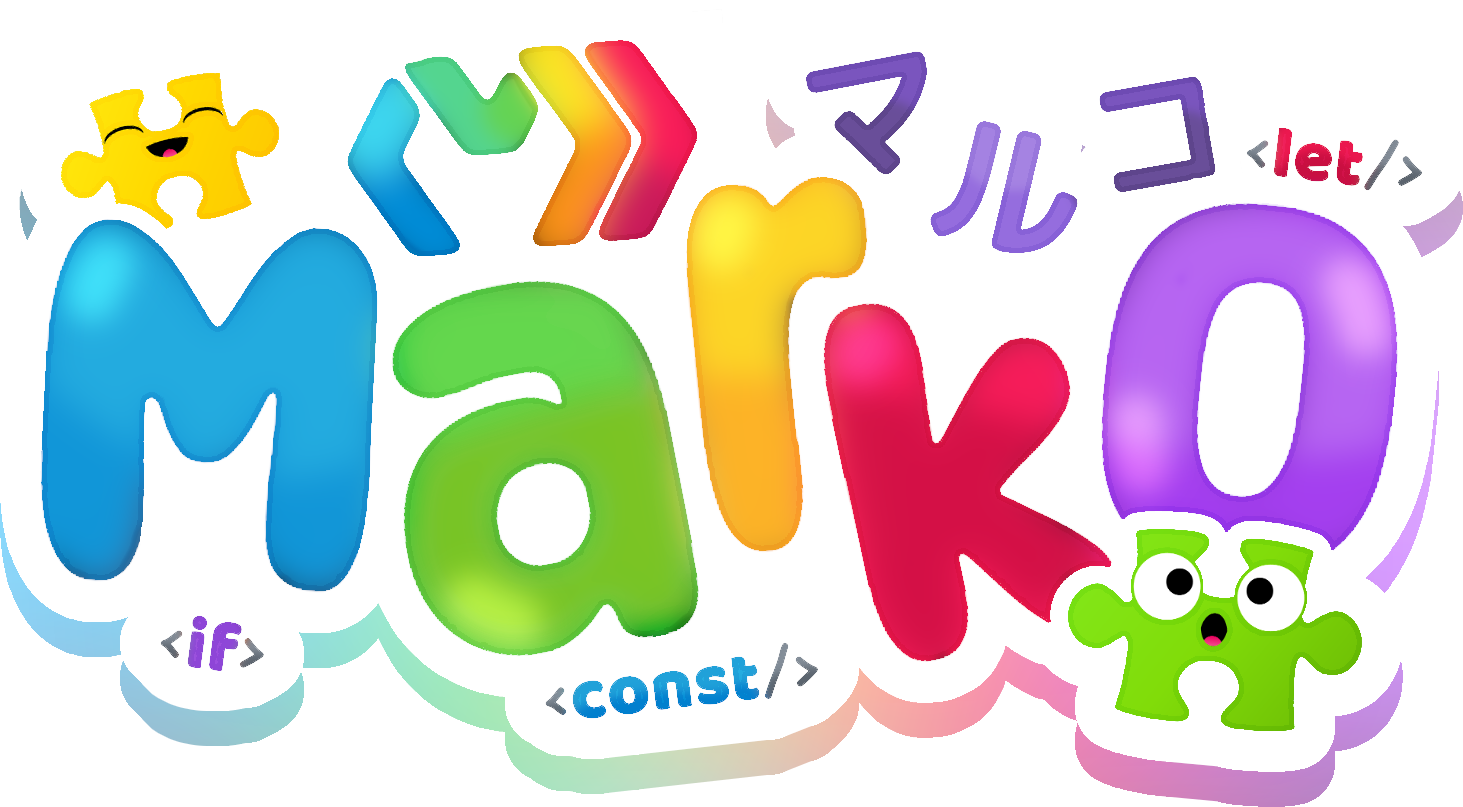
Marko + Lasso
The lasso-marko plugin for Lasso.js will automatically compile all imported Marko templates during bundling. In addition, the lasso-marko plugin will automatically bundle any template dependencies (including required CSS).
Lasso.js provides Marko custom tags for injecting JavaScript and CSS bundles, images and other resources.
The sample lasso-express app demonstrates how to build a production-ready web application using Marko and Lasso. Run npx @marko/create --template lasso-express to use this sample as a starting point for a new app.
Installation
npm install lasso-marko --save
Registering the plugin
require('lasso').configure({ "plugins": [ ... "lasso-marko" ] ... });
Lasso custom tags
To inject the required JavaScript and CSS into the page you will want to use the <lasso-page>, <lasso-head> and <lasso-body> tags.
If you are using lasso@^3 (latest), make sure to install the lasso-marko-taglib, so that you can use the lasso custom tags.
npm install lasso-marko npm install @lasso/marko-taglib
After installing, the lasso custom tags can be used in your templates:
<!doctype html> <html lang="en"> <head> <meta charset="UTF-8" /> <title>Marko + Lasso</title> <lasso-head /> </head> <body> <lasso-body /> </body> </html>
Lasso.js will automatically bundle up transitive dependencies by building and walking a dependency graph.
Client-side rendering
Marko templates can be imported and rendered by any JavaScript module. The code below shows how to render a top-level UI component and have it be mounted to the DOM as a child document.body:
client.js
require("./components/app/index.marko") .renderSync({}) .appendTo(document.body);
When Lasso.js bundles up the code above it will automatically bundle up the required ./components/app/index.marko file.
Server-side rendering
If you are rendering the initial UI on the server then it is necessary to make sure that all UI components are bundled and sent to the browser so that UI components can be mounted in the browser. For example:
about-me/index.marko
<!DOCTYPE html> <html lang="en"> <head> <meta charset="UTF-8"> <title>Marko + Lasso</title> <!-- CSS will be inserted here --> <lasso-head/> </head> <body> <!-- Top-level UI component: --> <app/> <!-- JS will be inserted here --> <lasso-body/> </body> </html>
<!DOCTYPE html> html lang="en" head meta charset="UTF-8" title -- Marko + Lasso <!-- CSS will be inserted here --> lasso-head body <!-- Top-level UI component: --> app <!-- JS will be inserted here --> lasso-body
Browser refresh
browser-refresh is recommended in development for instant page refreshes and hot reloading of Marko templates, styles and other resources. browser-refresh works well with Lasso and Marko and is very easy to use as a drop-in replacement for node:
browser-refresh server.js
Lasso package types commonly used with Marko
For many use cases, the combination of lasso-marko and @lasso/marko-taglib is sufficient to render and bundle components without the need for explicit browser.json files. For more advanced use cases, the following bundle types may be defined in a browser.json for Lasso.
marko-dependencies (provided by lasso-marko)
Includes all the dependencies needed by template and the code to register all components that would be rendered by the template. It does not automatically initialize the component, so is most useful if you need to initialize components manually.
{
"type": "marko-dependencies",
"path": "src/ui-modules/outdated-browser-banner/index.marko"
}
Note: To initialize the server rendered components, there are 2 steps:
Step 1: Manually retrieve server rendered components, shipped via marko-dependencies.
To retrieve the list of server rendered components, do:
template.render(data, (err, output) => { const renderedComponentsList = require("marko/components").getRenderedComponents(output.out); const html = output.getOutput(); }); res.json({ renderedComponentsList, html, });
Step 2: Manually initialize server rendered components, shipped via marko-dependencies.
To initialize the list of server rendered components, do:
// from the response received, retrieve as require("marko/components").init(response.renderedComponentsList);
Note: Ensure Step 2 is inside a DOM-ready wrapper, for the legacy widgets layer to load (if there are widgets built out of Marko 3, that is being used inside a Marko 4 component.)
marko-hydrate (provided by lasso-marko)
Includes all the dependencies needed by template and the code to register all components that would be rendered by the template. This also includes the code to initialize the rendered components. Including this bundle on the page will automatically hydrate server rendered components.
{
"type": "marko-hydrate",
"path": "src/ui-modules/outdated-browser-banner/index.marko"
}
Note: marko-hydrate will initialize the component if its defined on the global window.$components which is inserted by Marko when it sees a <body> tag. Else, if you are just rendering out and lasso-ing the a portion of a page with a set of components, include <init-components/> at the end of the associated template.marko file that builds out the page fragment.
package
A collection of dependencies. browser.json is the most common package type. It could be used to point to another browser.json from within one component's browser.json. Typically also used when the dependencies of the referred browser.json have to be packaged inline.
{
"type": "package",
"path": "src/ui-modules/show-diag/browser.json"
}
require
If a javascript file has to be wrapped over for its common JS syntax, to a browser understandable format.
{
"type": "require",
"path": "src/ui-modules/dynamic-module-loader/dynamic-init-client.js"
}
require and run
If a javascript file has to be wrapped over for its common JS syntax, to a browser understandable format and be executed immediately.
{
"run": true,
"type": "require",
"path": "src/ui-modules/my-module/init.js"
}
EDIT Contributors
Helpful? You can thank these awesome people! You can also edit this doc if you see any issues or want to improve it.